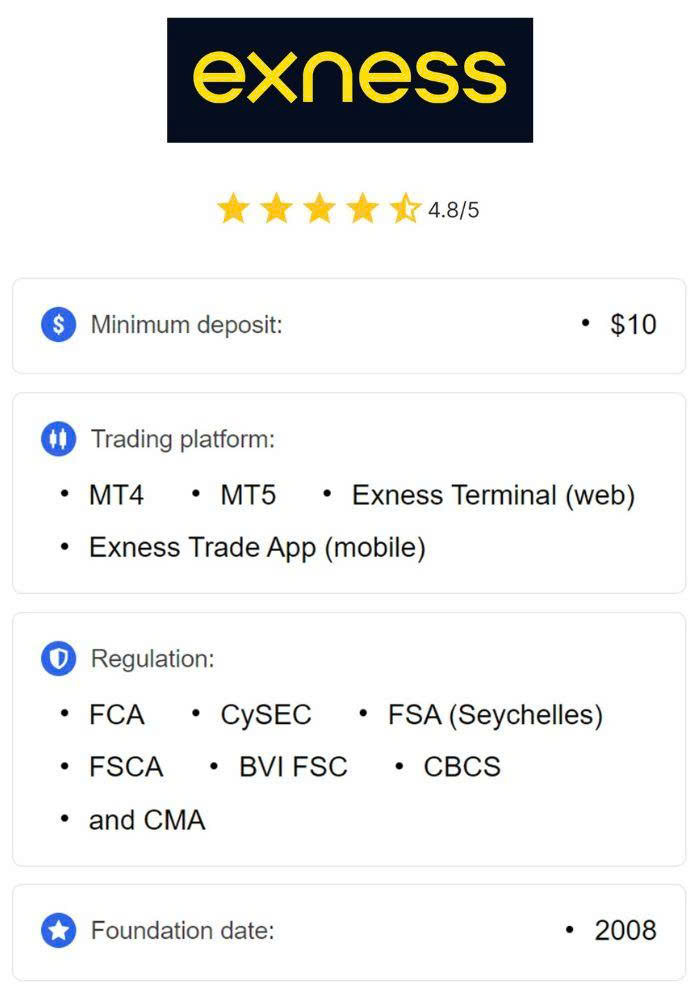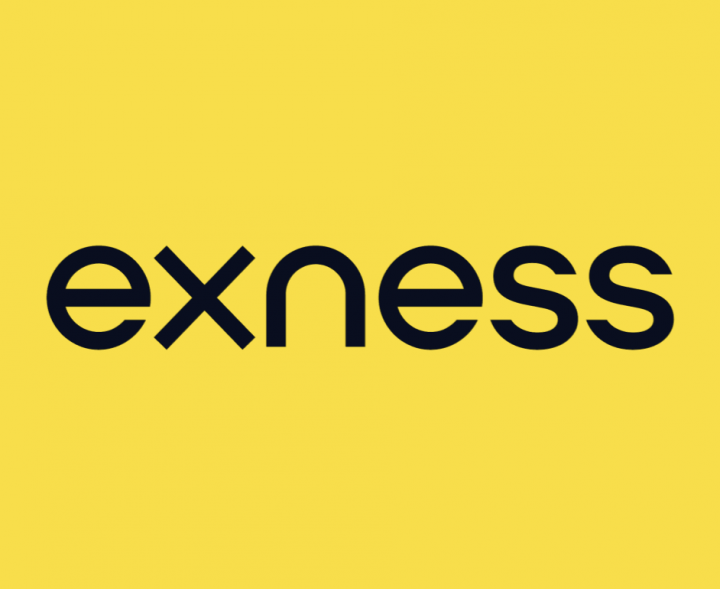
The Ultimate Guide to Exness Leverage Calculator
In the world of forex trading, understanding leverage is crucial for optimizing your trading strategies. One useful tool that every trader should master is the Exness leverage calculator. This calculator helps you comprehend how leverage works and how it affects your investments. Furthermore, knowing the exness leverage calculator Exness deposit limit will help you in setting up your trading accounts effectively. This article will delve into the intricacies of leveraging trading using Exness, how to use the leverage calculator, the risks involved, and tips for successful trading.
What is Leverage in Forex Trading?
Leverage in forex trading is a way to gain exposure to larger positions without having to invest the full amount of money upfront. With leverage, you can control a significant amount of money with a relatively small initial investment. In simple terms, it allows traders to amplify their potential returns; however, it also increases the potential risks. For instance, a common leverage ratio in forex trading is 1:100, meaning that for every dollar you invest, you can control up to 100 dollars in the market.
Understanding Margin and Leverage
Margin is the amount of money required to open a leveraged position. Essentially, it serves as a good faith deposit to cover potential losses. Understanding the relationship between margin and leverage is imperative because they directly affect each other. The higher the leverage, the lower the margin required to open a position. For example, if you use a leverage of 1:100, you only need to deposit 1% of the whole position size as margin.
Introducing the Exness Leverage Calculator
The Exness leverage calculator is a customizable tool that traders can use to determine the exact leverage they should use based on their investment goals and risk tolerance. This tool not only helps prospective traders estimate possible returns on investment but also clarifies how much margin they will need based on their selected leverage ratio.
How to Use the Exness Leverage Calculator
Using the Exness leverage calculator is straightforward. Here are the steps you’ll typically follow:
- Select the Asset: Choose the currency pair or asset you wish to trade.
- Input the Investment Amount: Enter the amount of money you intend to invest.
- Choose Your Leverage Ratio: Specify the leverage ratio that Exness offers. This can vary depending on your account type and trading strategy.
- Calculate: Click the calculate button to see how much margin you will need and the potential profit or loss based on your inputs.
Leverage Ratios Offered by Exness

Exness offers a range of leverage options that cater to all types of traders, from beginners to experts. The standard leverage offered can go up to 1:2000 depending on the financial instrument, account type, and the market’s conditions. It’s important to note that while higher leverage can increase potential returns, it also raises risks substantially. Always choose a leverage level that matches your own risk profile.
Benefits of Using Exness Leverage Calculator
Understanding how to use the Exness leverage calculator can bring many advantages:
- Risk Management: By calculating the appropriate leverage to use, traders can better manage their risk exposure and prevent excessive losses.
- Informed Decisions: It provides clarity, allowing you to make well-informed decisions when entering or exiting trades.
- Performance Review: The calculator helps you assess your portfolio’s performance more accurately by understanding how much of your capital is at risk with each trade.
- Strategic Planning: You can plan your trades effectively, balancing the potential gains against the risks involved.
The Risks Associated with High Leverage
While leverage can boost profits, it can also lead to significant losses. Here are some risks associated with high leverage:
- Increased Loss Potential: If a trade goes against your position, losses could exceed your initial investment quickly.
- Margin Calls: When your equity falls below the required margin, your broker may issue a margin call, requiring you to deposit more funds to maintain your position.
- Emotional Trading: The pressure of potentially losing significant sums can lead to emotional trading, resulting in poor decision-making.
Best Practices for Using Leverage
To mitigate the risks associated with leverage, consider the following best practices:
- Start Small: Begin with lower leverage ratios and gradually increase as you gain experience and confidence.
- Set Stop-Loss Orders: Utilize stop-loss orders to limit potential losses on each trade.
- Diversify Your Investments: Avoid putting all your capital into one trade; diversifying can help spread risk.
- Educate Yourself: Keep learning about market movements, leverage management, and risk assessment to make better trading decisions.
Conclusion
The Exness leverage calculator is a vital tool for traders who aim to maximize their trading potential while managing risk effectively. By understanding how leverage works and utilizing the calculator, you can make more informed decisions, optimize your trade sizes, and develop effective risk management strategies. Keep in mind that while leverage can enhance potential returns, it is crucial to approach it with caution and a solid understanding of the risks involved. Happy trading!




